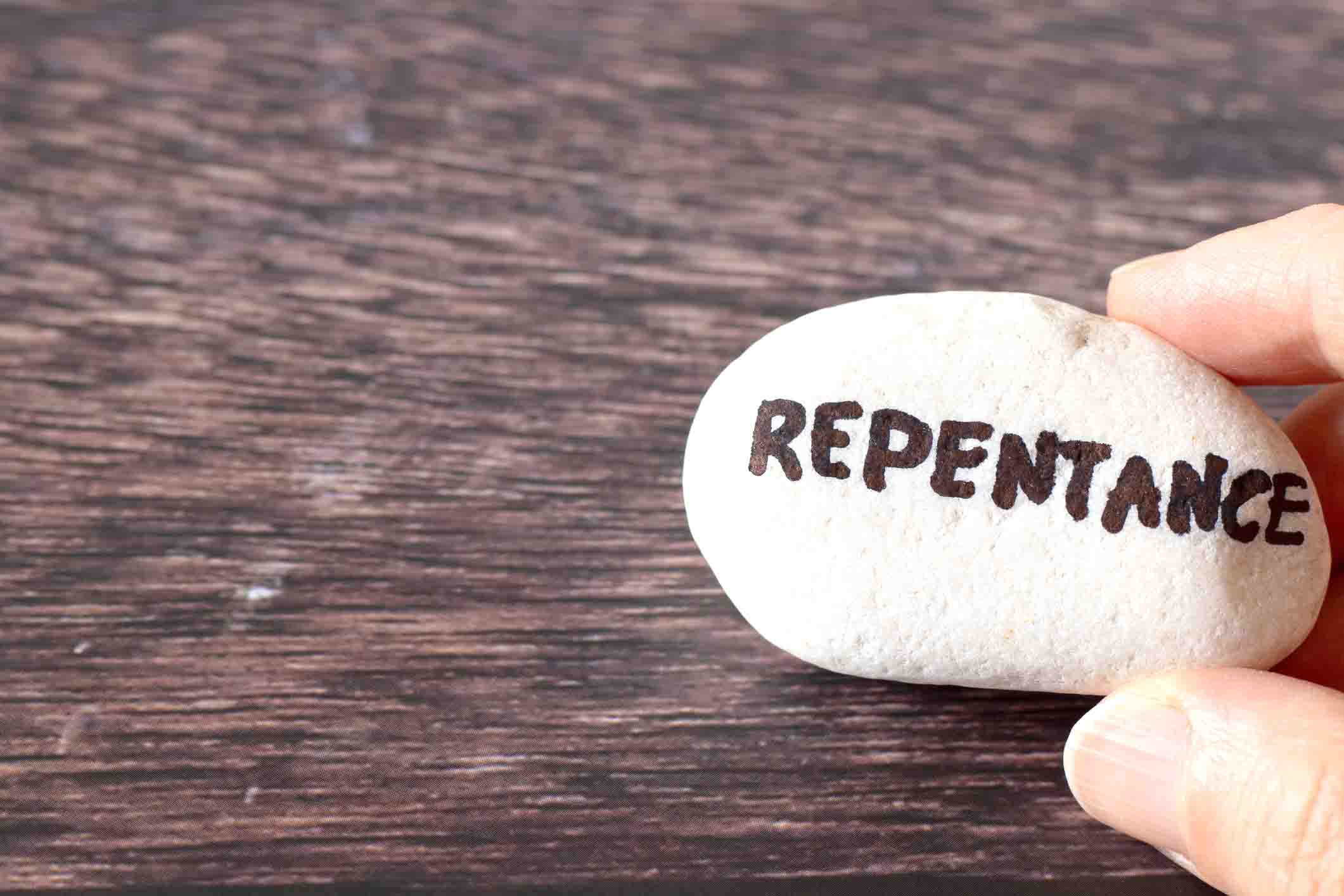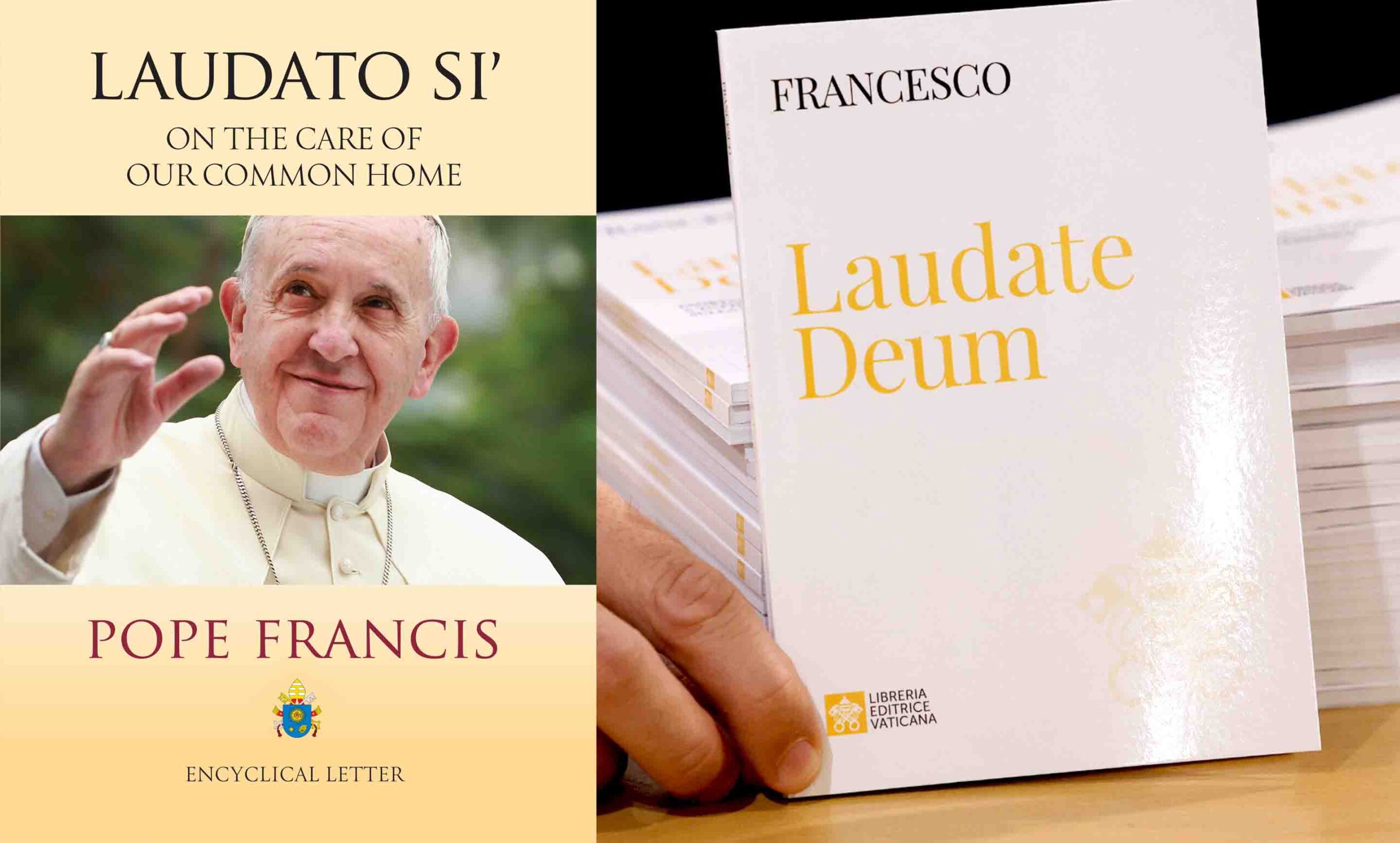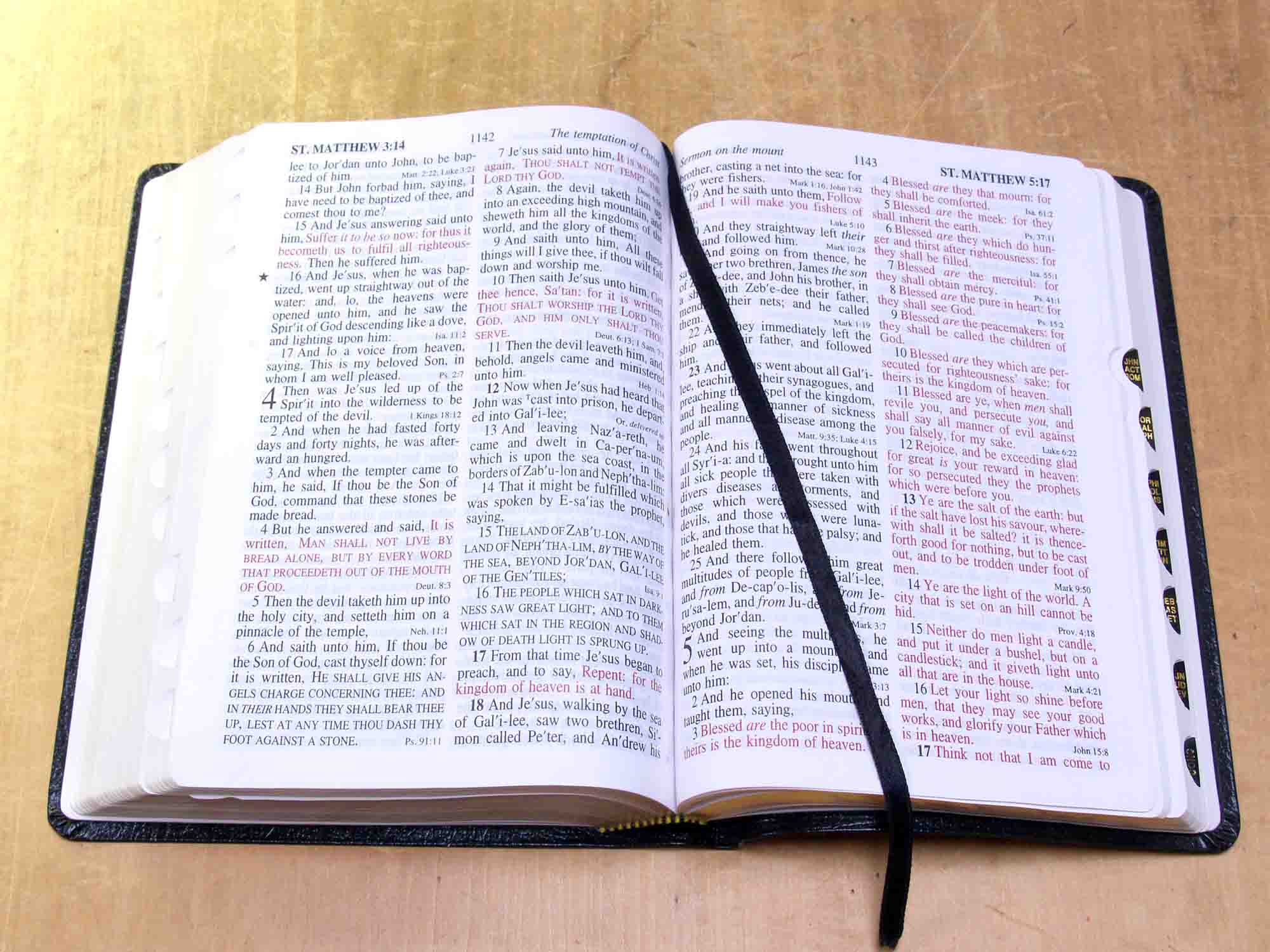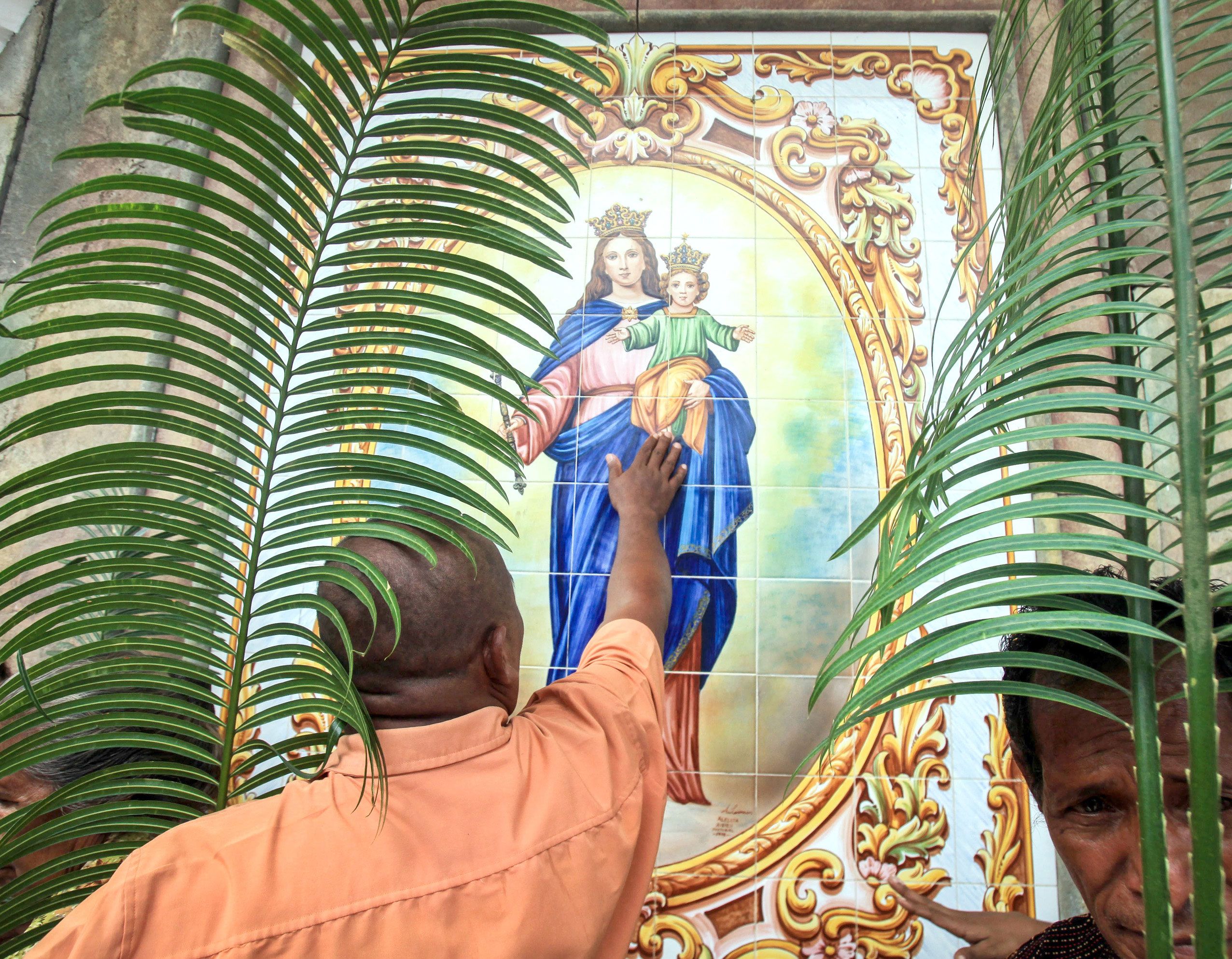One of the best aspects of returning to school as a priest and studying with young people is discovering how much more there is to learn than I initially thought. I learn from the teachers and the interaction with other students. Upon learning that I am a priest, some of my classmates ask questions about God, the Bible, and the Church. In my efforts to provide answers, I find myself reflecting deeply on some of the most pressing issues facing the Church today, such as the instances of abuse.
One day, as I was waiting for other classmates to arrive, the teacher, who was already in class with a few other students, asked me, “Why are you studying?” In our conversation, I explained to my teacher that I am a priest, and I am studying journalism for the mission.
That is how my classmates began asking me about the Church and many other topics, eventually bringing up the challenges the Church faces today, particularly the handling of abuse cases. I must confess that I felt deeply saddened that these young people knew the Church more for its scandals than for its good works.
A CHANCE FOR CONVERSION
The following day, I continued reflecting on the exper ence. The Gospel reading of the Eucharistic celebration was the Parable of the Prodigal Son from the Gospel according to Luke 15. The passage begins with the statement: “Tax collectors and sinners were all drawing near to listen to Jesus, but the Pharisees and scribes began to complain, saying, ‘This man welcomes sinners and eats with them.’’’
After reading this passage, I realized that I should not have been sad about the opinions of these young people regarding the Church. The misconduct and cases of abuse by some church leaders are indeed true. These are unfortunate realities that the Church must confront.
Instead of feeling sad, I should have recognized this as an opportunity for the Church to start a conversion journey. It is a chance for conversion and improvement. The starting point for improvement is acknowledging one’s limitations and failures. One cannot improve without first recognizing where they have fallen short.
The perpetrators of misconduct and abuse must acknowledge their faults and recognize the grave suffering they have caused their victims. As a Church, we must first admit that we have failed somewhere on our journey. We need to acknowledge our need for the Lord’s help. Just as the tax collectors and sinners were drawn to Jesus, it came to my mind that we, as a Church, need to draw near to Jesus. The Church needs the courage to admit that she is a sinner–a sinner ready to listen to Jesus, the Savior. Though it is a painful process, the Church must undergo this transformation. Conversion is the fruit of courageous decisions. As a Church, we need the bravery to admit our weaknesses and failures. This is the only path to true conversion.
INTERIOR REPENTANCE
The Catechism of the Catholic Church calls this process to true conversion interior repentance. Interior repentance is “a radical reorientation of our whole life, a return, a conversion to God with all our heart, an end of sin, a turning away from evil, with repugnance toward the evil actions we have committed.” This process of true conversion is “accompanied by a salutary pain and sadness which the Fathers called animi cruciatus (affliction of spirit) and compunctio cordis (repentance of heart).”
Going back to the passage of the Gospel on the prodigal son, where sinners and tax collectors were drawing near to Jesus to listen to Him, I imagine the pain that the sinners and tax collectors would have felt when everyone, including the Pharisees and scribes, looked at them as outcasts of society. I also imagine the courageous pain these people demonstrated when drawing near to Jesus to listen to Him. It was not a show to listen to Jesus. They were truly seeking something from the Lord.
Could that be an invitation for the Church today to go back to the Lord with deep and firm conviction to listen to Him, with a heart ready to change?
As much as the perpetrators of misconduct and abuse need to go back to the Lord, recognizing their fault, everyone must also learn to go back to the Lord with a repentant heart. Returning to the Lord was the journey the sinners and tax collectors took as they drew near to Jesus. It is a journey for anyone who realizes that for a long time, they have been far away from God’s love. Returning to Jesus with a repentant heart is a journey toward God’s love. Hopefully, we will all learn to return to the Lord with a repentant heart ready to change.





































